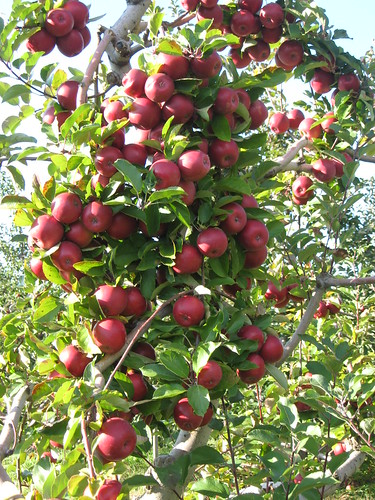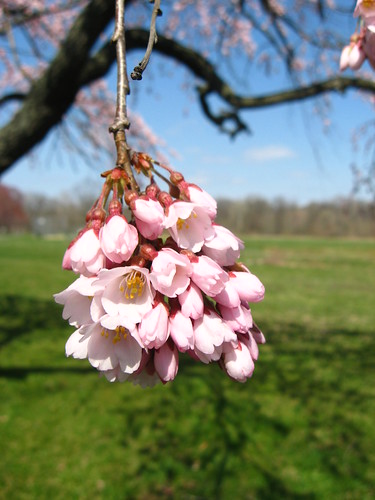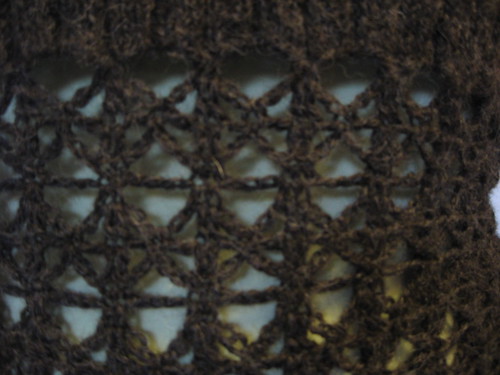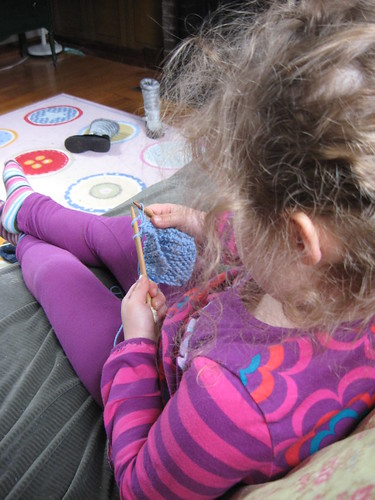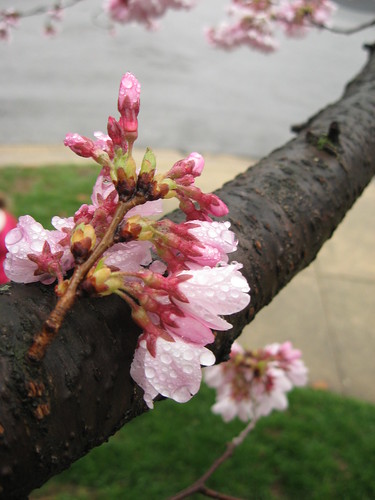

But let me tell you. North Carolina has nothing on DC when it comes to Spring. I’ve never seen so many flowering trees in my LIFE.

Yarnies, if you’ve never been to DC in the Spring, you have to come.
Maybe the Boyfriend has something. I’m not saying I like Spring more than Fall, but maybe, just maybe, I can understand why some people like Spring better than Fall.
What’s your favorite season?

